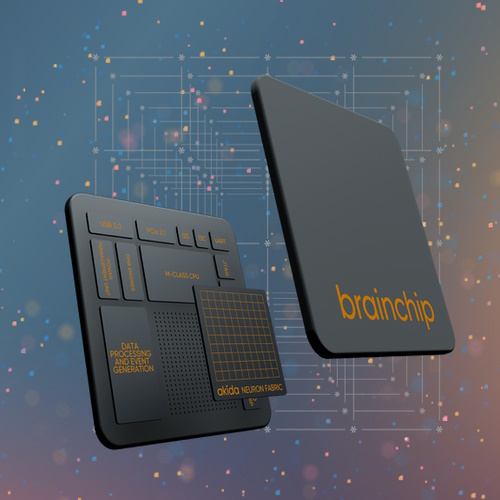White Horse
Regular
Make of this, what you will. Tonight's MSN details.Insto's increasing holdings. Vanguard to be precise. Up 0.05 %.
Institutional Ownership
7.79%
Top 10 Institutions
6.73%
Mutual Fund Ownership
7.05%
Float
83.08%
Mutual Fund Ownership
Institutional Ownership
Institution Name Shares Held (% Change) % Outstanding Vanguard Investments Australia Ltd. 23,171,293 (+0.06%)
1.34The Vanguard Group, Inc. 22,963,058 (+0.01%)
1.33BlackRock Institutional Trust Company, N.A. 18,881,892 (+0.04%)
1.09BlackRock Advisors (UK) Limited 12,901,595 (-0.01%)
0.75LDA Capital Limited 10,000,000 (-0.07%)
0.58Irish Life Investment Managers Ltd. 9,141,627 (-0.00%)
0.53FV Frankfurter Vermögen AG 7,500,000 (+0.01%)
0.43BetaShares Capital Ltd. 5,308,642 (+0.00%)
0.31BlackRock Investment Management (Australia) Ltd. 3,157,867 (+0.00%)
0.18State Street Global Advisors Australia Ltd. 3,133,230 (+0.00%)
0.18State Street Global Advisors (US) 2,641,218 (+0.01%) 0.15 First Trust Advisors L.P. 2,016,088 (-0.00%) 0.12 Nuveen LLC 1,773,407 (+0.00%) 0.10 Charles Schwab Investment Management, Inc. 1,543,302 (-0.00%) 0.09 California State Teachers Retirement System 1,479,448 (+0.01%) 0.09
https://www.msn.com/en-au/money/wat...dbe88e447bdea7c96&duration=1D&l3=L3_Ownership
When I last looked, last week. LDA were still on 10mil.
https://www.msn.com/en-au/money/wat...a9&duration=1D&l3=L3_Ownership&investorId=all
Institutional Ownership
9.18%
Top 10 Institutions
7.85%
Mutual Fund Ownership
7.59%
Float
83.04%
Mutual Fund Ownership
Institutional Ownership
| Institution Name | Shares Held (% Change) | % Outstanding |
|---|---|---|
| LDA Capital Limited | 24,295,141 (+0.81%) | 1.37 |
| Vanguard Investments Australia Ltd. | 23,216,588 (+0.06%) | 1.31 |
| The Vanguard Group, Inc. | 22,963,058 (0.00%) | 1.30 |
| BlackRock Institutional Trust Company, N.A. | 19,253,360 (+0.01%) | 1.09 |
| BlackRock Advisors (UK) Limited | 12,635,810 (-0.01%) | 0.72 |
| Norges Bank Investment Management (NBIM) | 9,985,674 (+0.57%) | 0.57 |
| Irish Life Investment Managers Ltd. | 9,222,212 (+0.00%) | 0.52 |
| FV Frankfurter Vermögen AG | 7,500,000 (+0.01%) | 0.42 |
| BetaShares Capital Ltd. | 5,298,194 (-0.00%) | 0.30 |
| State Street Global Advisors (US) | 4,389,683 (+0.01%) | 0.25 |
| BlackRock Investment Management (Australia) Ltd. | 3,242,489 (+0.00%) | 0.18 |
| State Street Global Advisors Australia Ltd. | 3,071,142 (0.00%) | 0.17 |
| First Trust Advisors L.P. | 2,772,166 (+0.01%) | 0.16 |
| Charles Schwab Investment Management, Inc. | 1,572,242 (+0.00%) | 0.09 |
| Nuveen LLC | 1,484,937 (-0.02%) | 0.08 |




